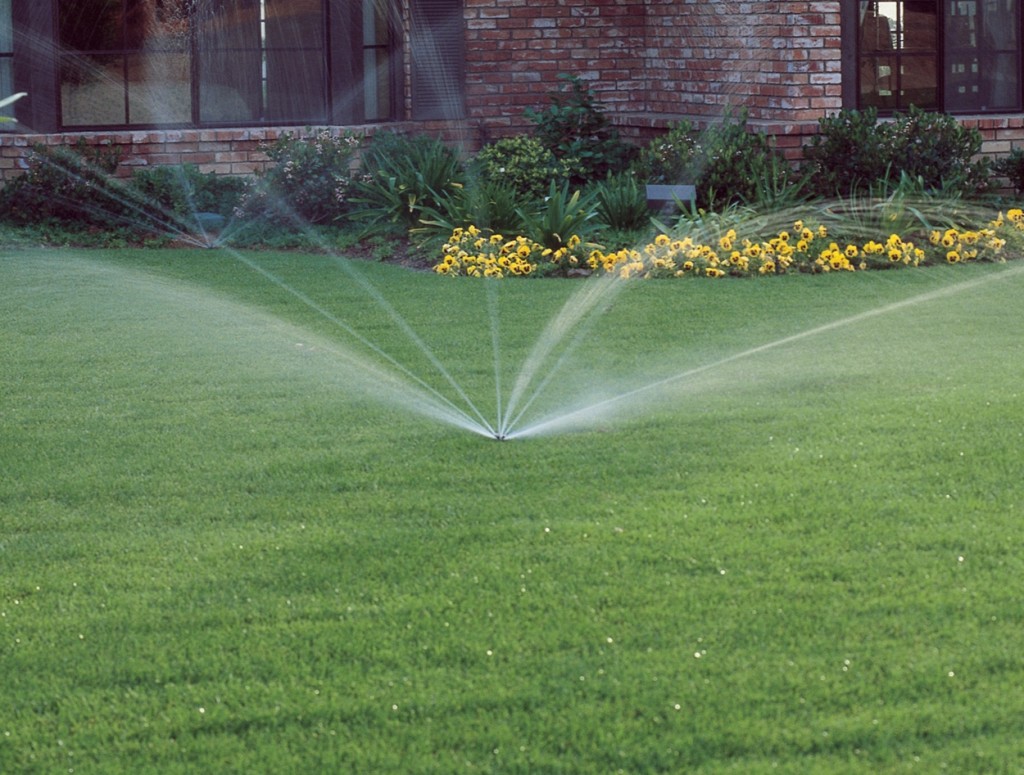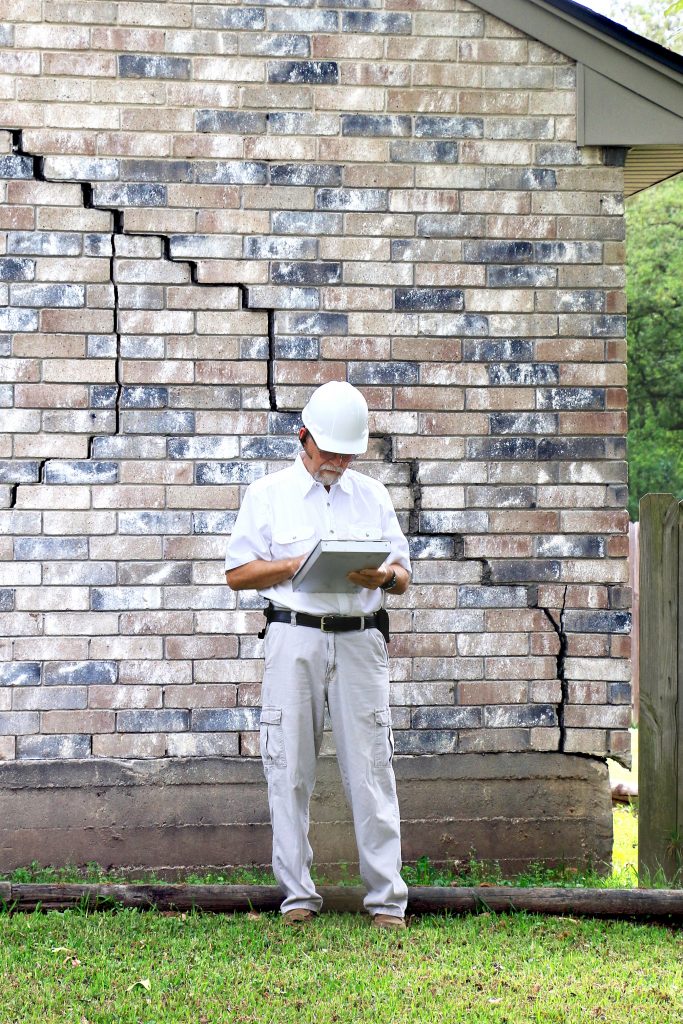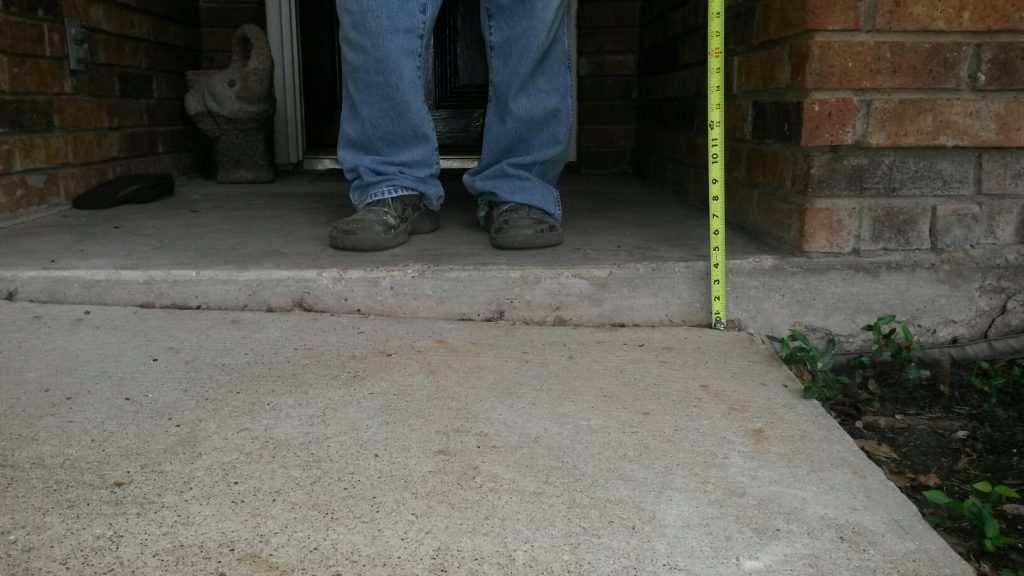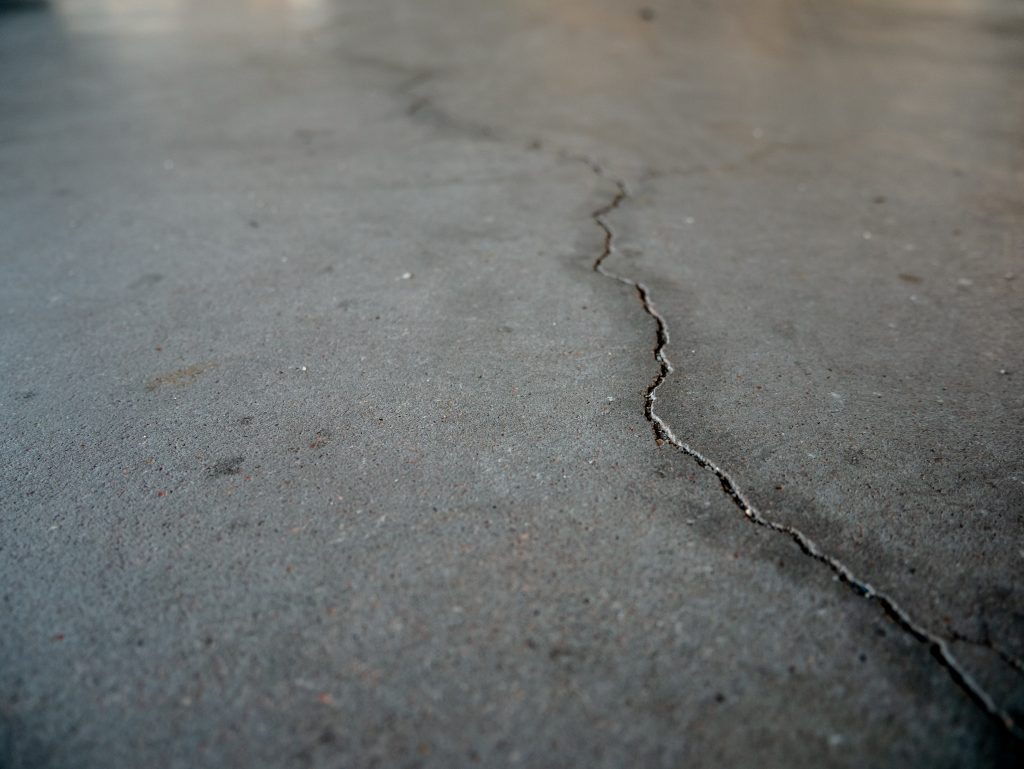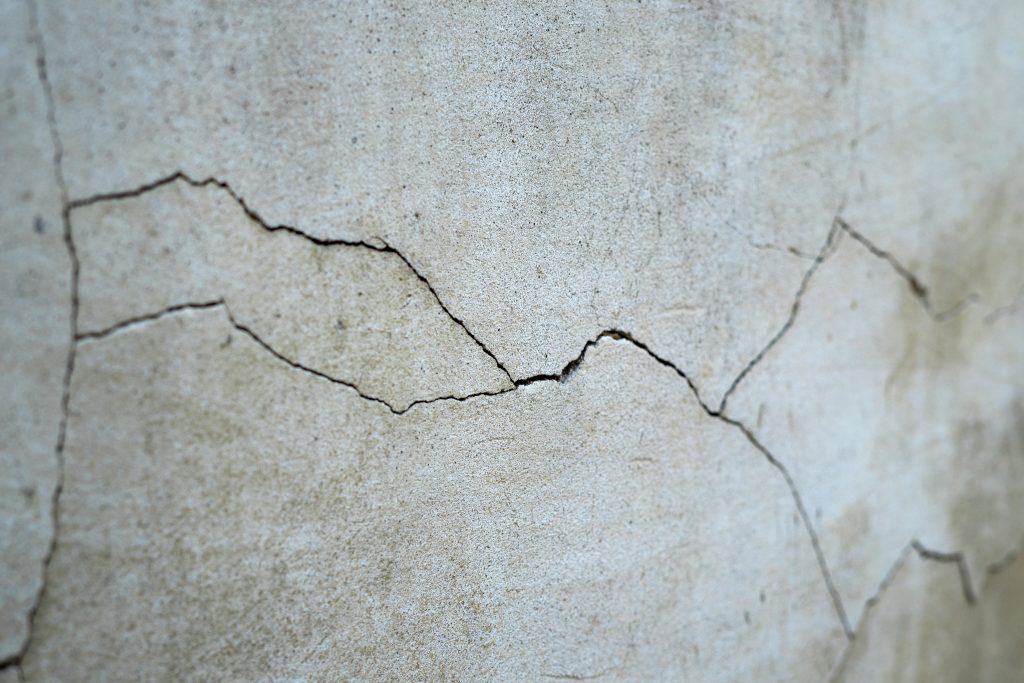Having a proper drainage system ensures that your home stays in good condition at all times. It is the solution to fundamental home problems such as water pooling, which is the leading cause of landscape destruction, mold, and foundation issues. Poor drainage leads to hefty home repair costs, and hence it should be corrected well on time.
If you have a spring, standing water, wet basement, or a river or swamp through your yard, you may want to hire a professional drainage contractor. At Hargrave Custom Foundation Repair, we offer professional foundation repair services for commercial properties and residential homeowners in the Dallas metroplex and the surrounding areas. We have the needed knowledge and experience to help you adjust your existing drainage condition or create a completely new one.
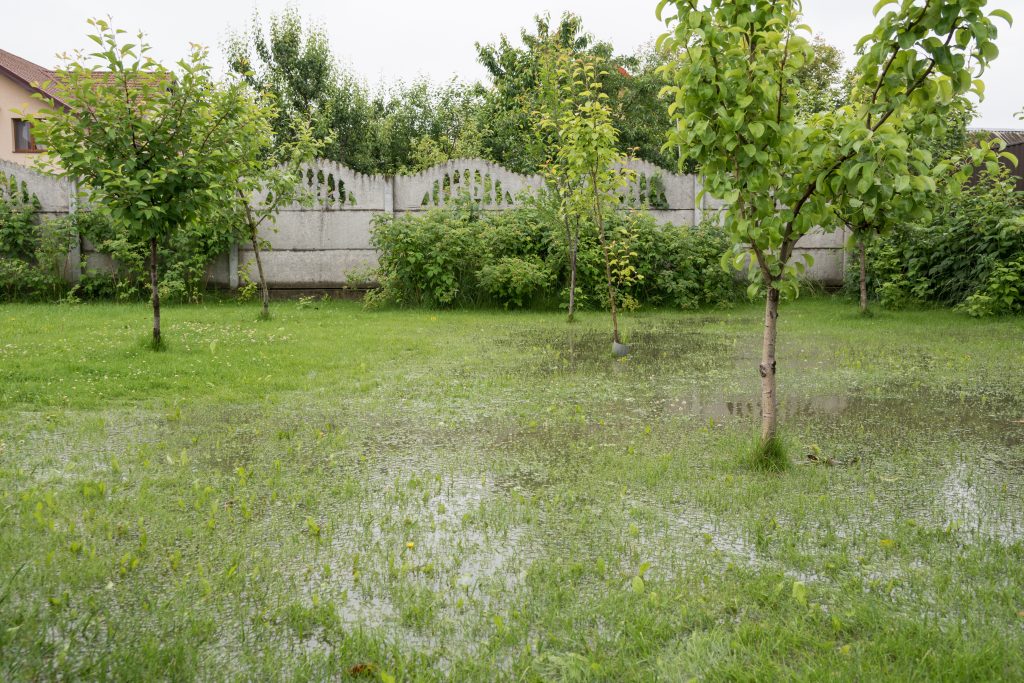
Drainage Methods
We employ the newest drainage systems to correct drainage problems, including French drains, Swales, Channel drains, Atrium drains, Area drains, and Grade work. However, this may require soil testing of the slope your home sits on.
Other potential areas of drainage correction that may arise include rain barrels, downspout drainage, dry wells, and other necessary installations associated with drainage systems. Whatever the circumstances, there are various reasons for drainage corrections. Hargrave Custom Foundation Repair is ready to confront all your needs with an exceptional level of professionalism, guaranteeing you the best outcome.
Why Drainage Corrections?
If you’ve by any chance had a soggy lawn, then you’re aware of how such unfortunate situations are more than just simple nuisances and annoyances, especially at times where it seems like a river was passing through your yard.
They can also possibly destroy or damage your home’s foundation and other facets, which can lead to even more problems.
Get Ahead of Your Drainage Issues with Help from Hargrave Custom Foundation Repair
If you suspect a drainage issue within your yard, don’t wait for the expensive proof to show up. Instead, get ahead of your drainage issues by getting in touch with our team of professionals. We will help you with a proper drainage solution, no matter the size. Contact us today or request a free estimate from our website.


